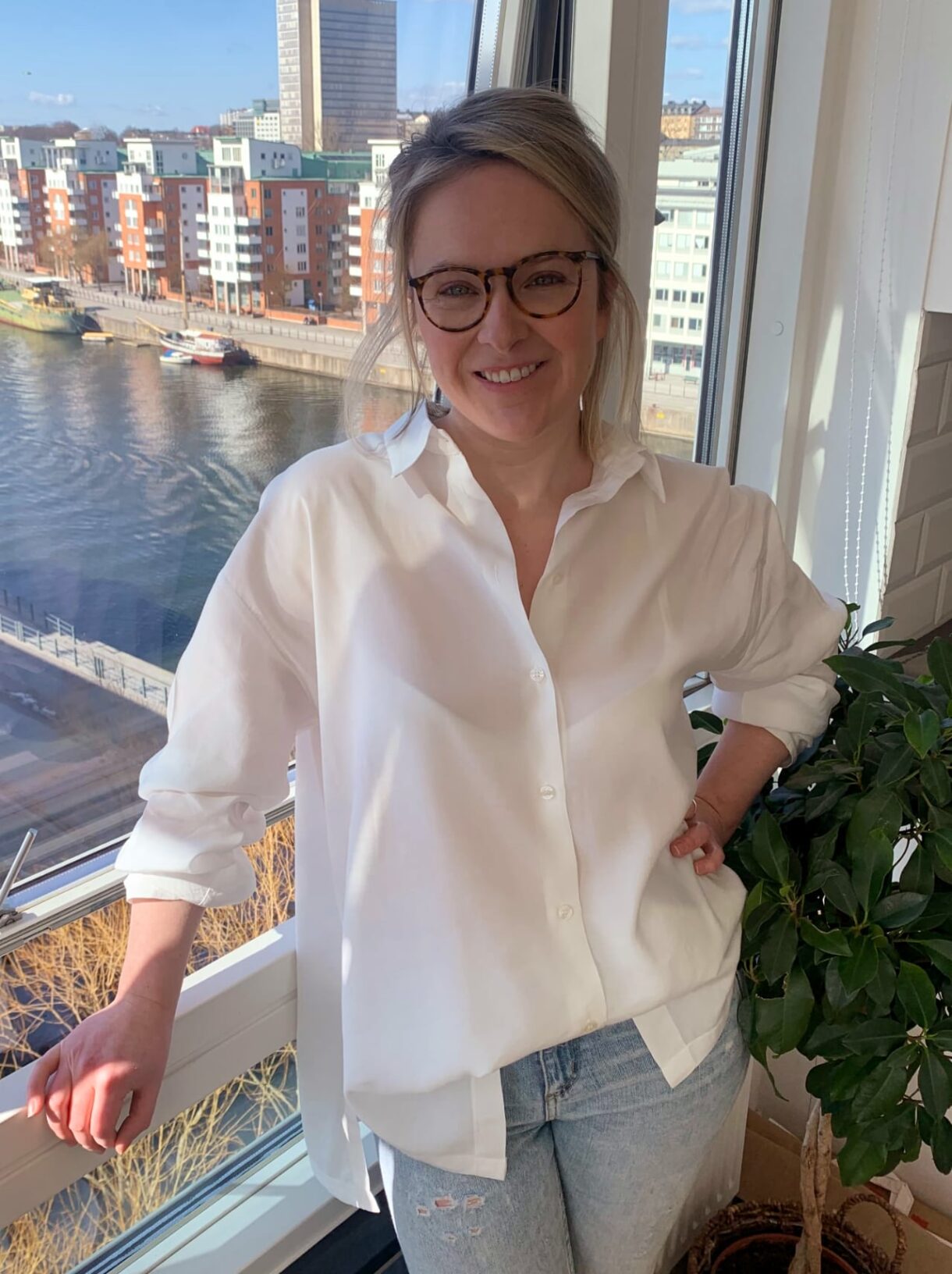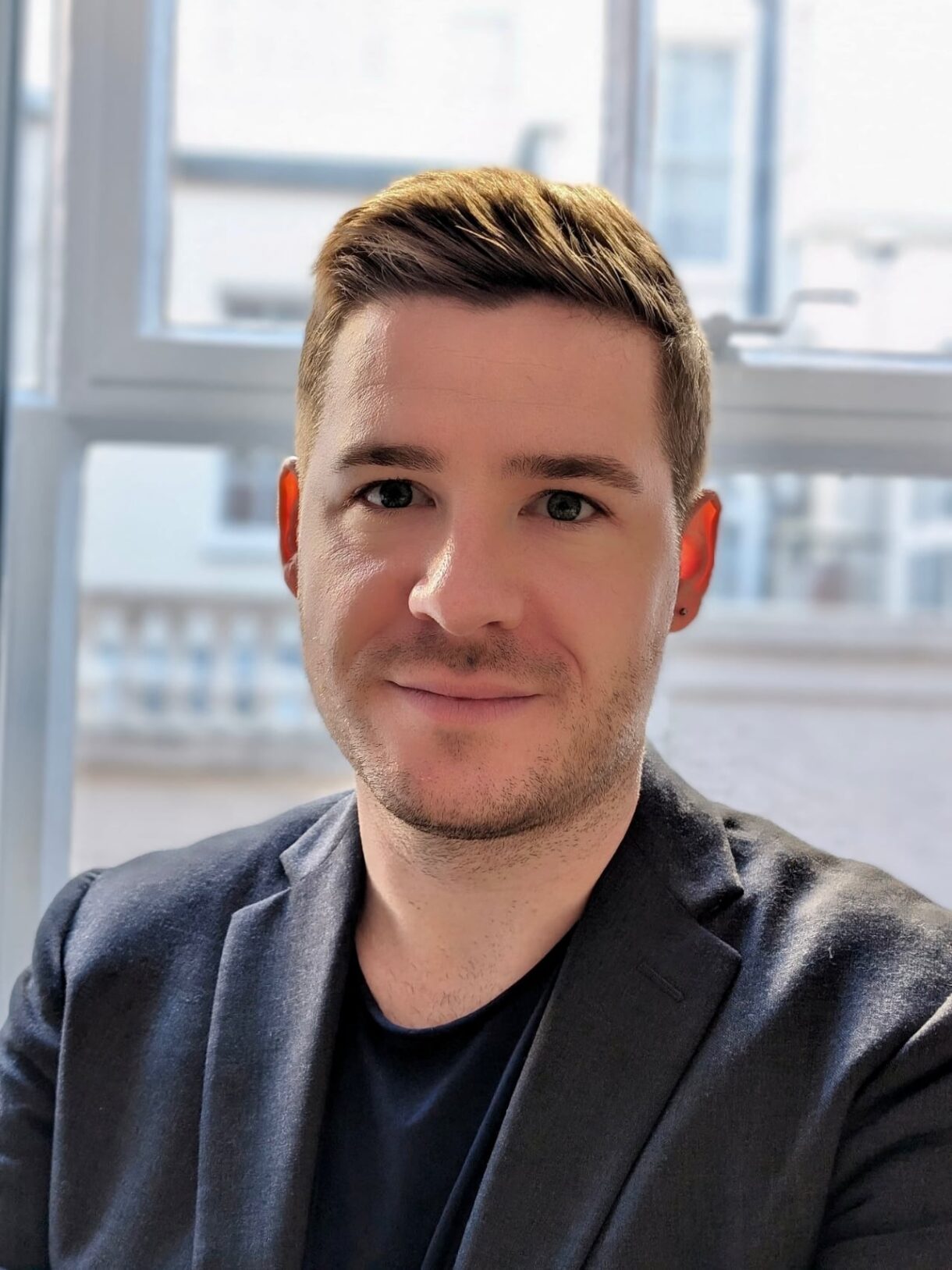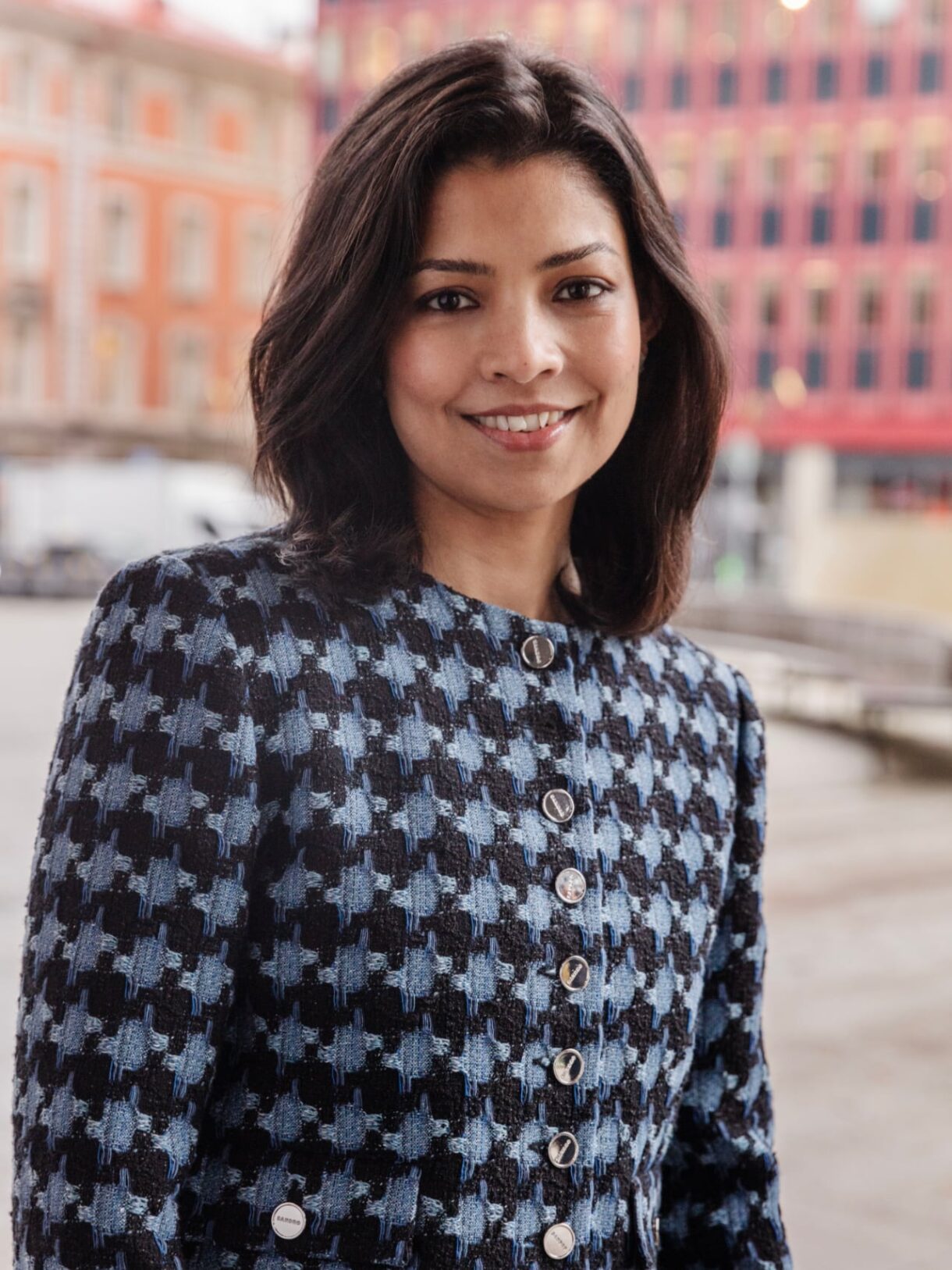Collaborations can be similar to dating
Collaborating with renowned artists, musicians, fashion designers and fashion houses has been a mainstay of Absolut’s brand strategy for more than 40 years.
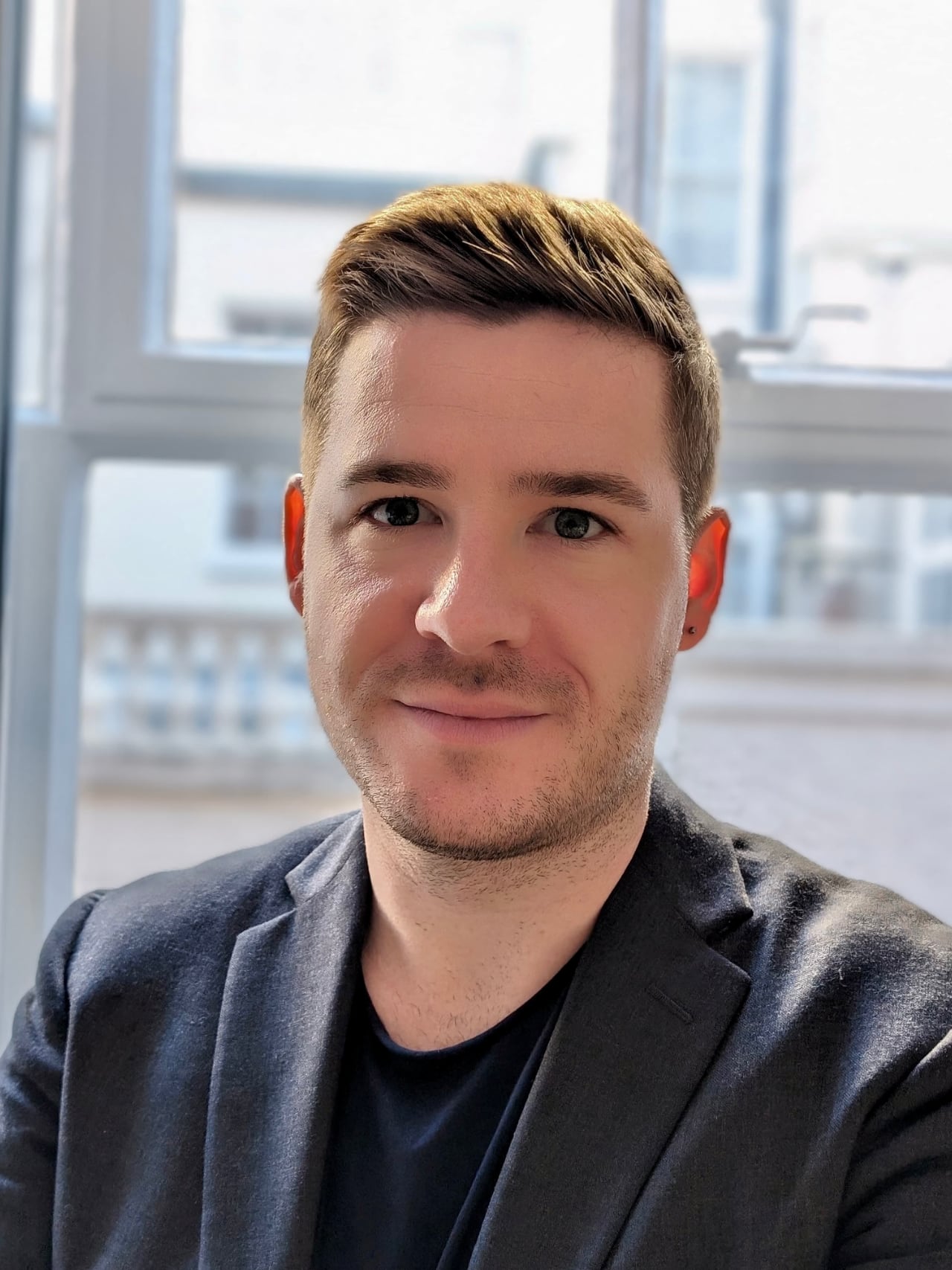
In his role as Global Head of Culture and Brand Partnerships, Maxime Henain oversees Absolut Vodka’s collaborations. Based in London, we caught up with him to discuss the crucial role culture and being relevant have in a brand’s success.
What does culture mean to you?
Culture is ensuring your brand is always relevant and being at the forefront of cultural shifts. We are a brand built on culture, by culture and for culture – collaborating with cultural advocates and activists from different fields for more than 40 years. We were one of the first to understand the power of cultural influencers to push a brand beyond its target market to a wider audience by remaining relevant – our early collaborations with Andy Warhol, Keith Haring, Jean-Paul Gaultier and Gianni Versace helped create Absolut as a cultural brand. This has continued to this day. We have been at the forefront of many edifying consumer moments, such as being the first brand to sponsor RuPaul’s Drag Race, long before it became a phenomenon. Our consumers know we are part of their cultural moments, and that is our aim.
How is Absolut’s cultural strategy evolving?
We’ve always been a brand with a point of view but perhaps we have had too many points of view. We want to sharpen the strategy to make sure that initiatives reflect our vision of inclusivity and diversity under our tagline narrative, Born to Mix. Born to Mix is the fluidity of mind, of thinking and identities. We needed to hone the strategy to make sure that initiatives reflect this vision of inclusivity and diversity but in a much more modern way. We want to partner with like-minded brands and push this agenda as much as we can. We also need to sharpen our strategy globally and adapt our narrative so it stays locally relevant to reach a wider pool of consumers as well. What is meant by diversity and inclusivity in Mumbai will be different in London.
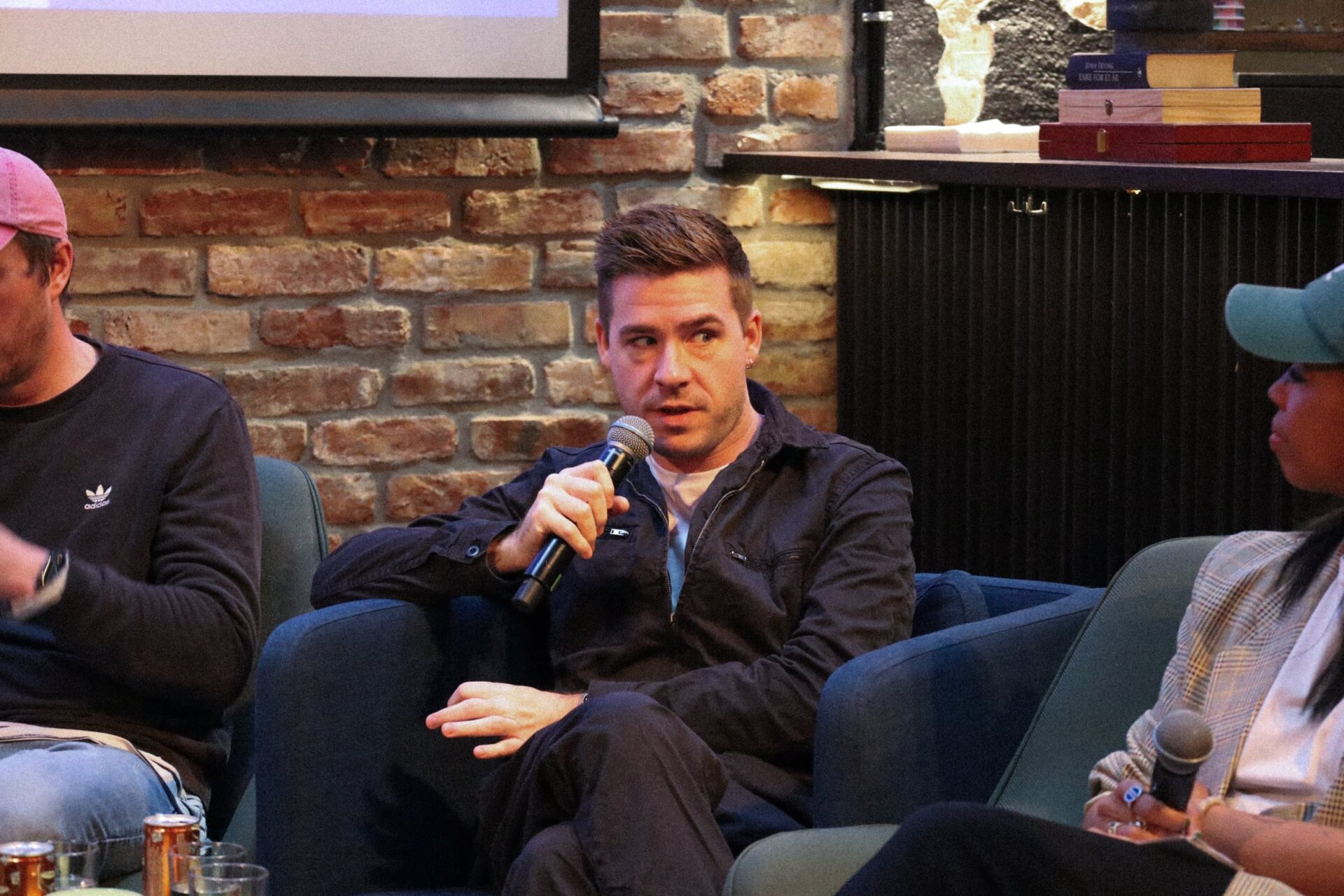
Can you give examples of how the strategy is evolving?
We are looking to build bridges – whether it’s using high-level designers, up-and-coming local brands or a high-profile singer who is a well-known LGTBQIA+ ally – by remaining culturally relevant to our target audiences, wherever they are in the world. For example, we have partnered on diversity campaigns with Olly Alexander, who is an outspoken advocate for inclusivity and whom we have a good relationship with. They were very UK-centric projects which may not necessarily have worked in other markets as the objective is often local cultural relevance. Yet is important to be at the forefront in rapidly growing markets like India, and here we looked to push diversity another way by working with a local sweatwear brand, Huemn, to celebrate the power of self-expression and inclusivity.
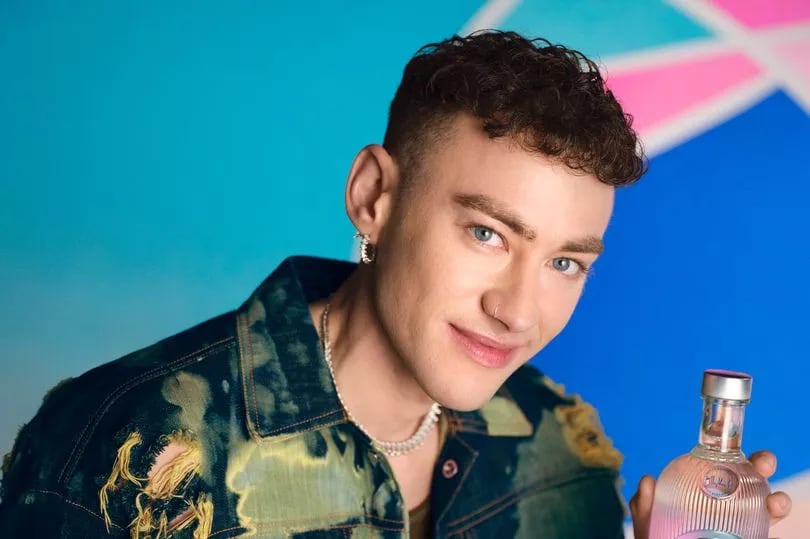
How do you choose who to collaborate with?
It’s a little like dating. There is no formal process – sometimes partners approach us and sometimes we approach them. There can be a bit of a dance getting to know each other given how companies can have very distinct and different corporate cultures. I am currently obsessed with finding partners that allow us to reach new audiences. Unexpected collaborations such as with Samuel Ross, and with Heinz can create more noise and, as a brand, help us reach different audiences. The collaboration was unexpected and it made noise beyond our traditional channels with people talking about the sauce on TikTok – this was a massive win for us and helped gather many new learnings. There is always a lot to learn from a new partner.
It’s a little like dating. There is no formal process – sometimes partners approach us and sometimes we approach them.
What has been your favourite collaboration?
I have to say that I loved the Heinz one because it was fast-paced; it was pure FMCG style so it was a learning curve for us all which was fascinating. The culture and corporate clash was real for everyone; for them, for us and me every day as our industries and processes are so different. They were just fantastic partners to work with and I was able to learn so much from another industry that I can bring into Absolut’s territory to benefit the brand.
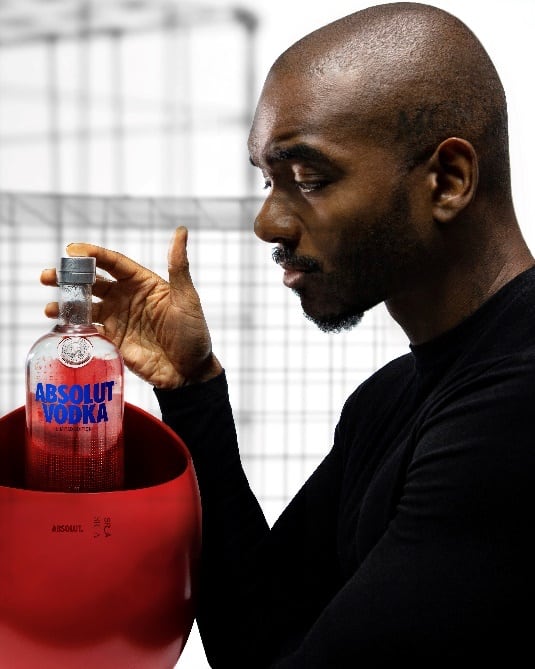
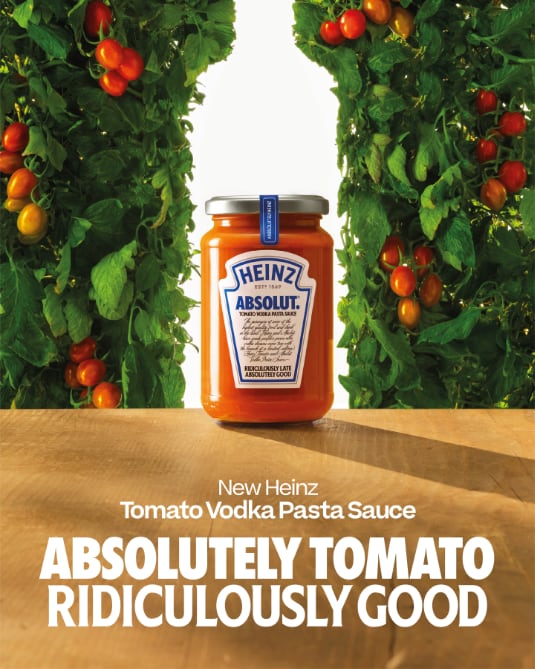
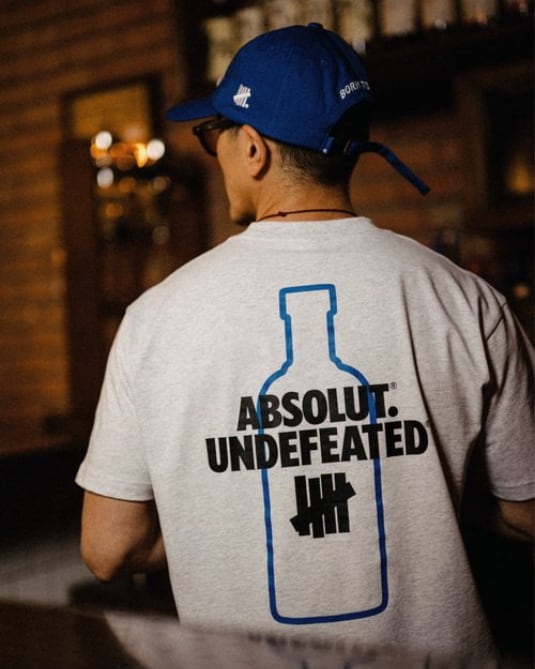
How do you measure a collaboration’s success?
There can be a commercial element to it in terms of the number of limited-edition bottles we sell for instance. But that is not the be-all and end-all. Brand equity is just as important, albeit more challenging to measure. For example, we didn’t do our collaboration with Heinz for commercial numbers. Selling 30,000 jars, which were sold out in just a few days, is not going to tip the balance of the business. However, the noise the collaboration created might have a longer-lasting impact on brand awareness and brand preference. It is clear that over the past 40 years, our collaborations have helped Absolut remain relevant and at the forefront of culture for our target audience. They have helped us build a relevant brand, whether through cultural moments or cultural advocates across different fields – and whether across art, fashion or design.
How does a brand maintain its iconic status?
Iconicity needs to be built over time and this is something that Absolut has been able to achieve. Our work is based on the legacy our previous colleagues have built over decades and that is very humbling. Thus, we need to behave with iconicity an iconicity mindset while always double-guessing our approach, staying alert and open to trends so we never become complacent. Our compass is to look to our DNA and at those we have collaborated with in the past. We need to reconnect with our audience by constantly thinking about who our like-minded people are today. For example, who is the Jean-Paul Gaultier of now? Who is the Warhol of now? Which are the festivals people go to today because they are really trendy or are becoming so?
Our compass is to look to our DNA and at those we have collaborated with in the past. We need to reconnect with our audience by constantly thinking about who our like-minded people are today. For example, who is the Jean-Paul Gaultier of now?
